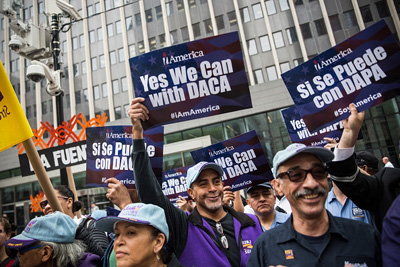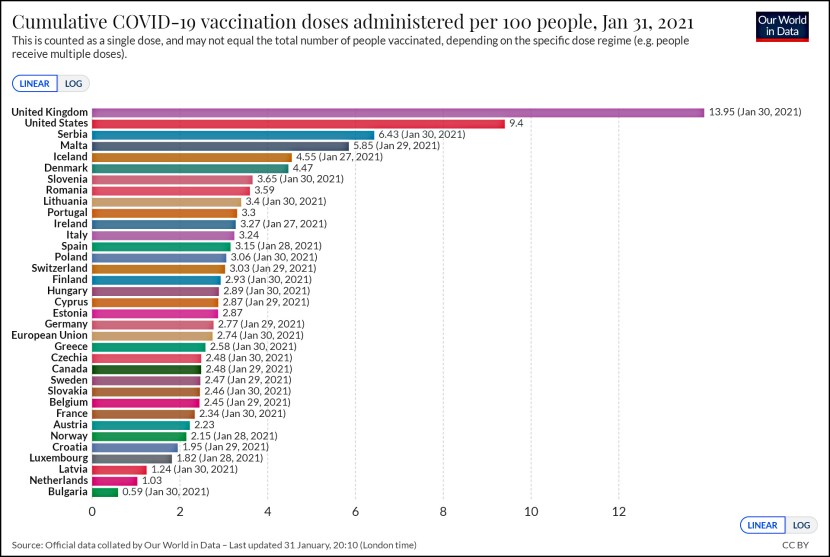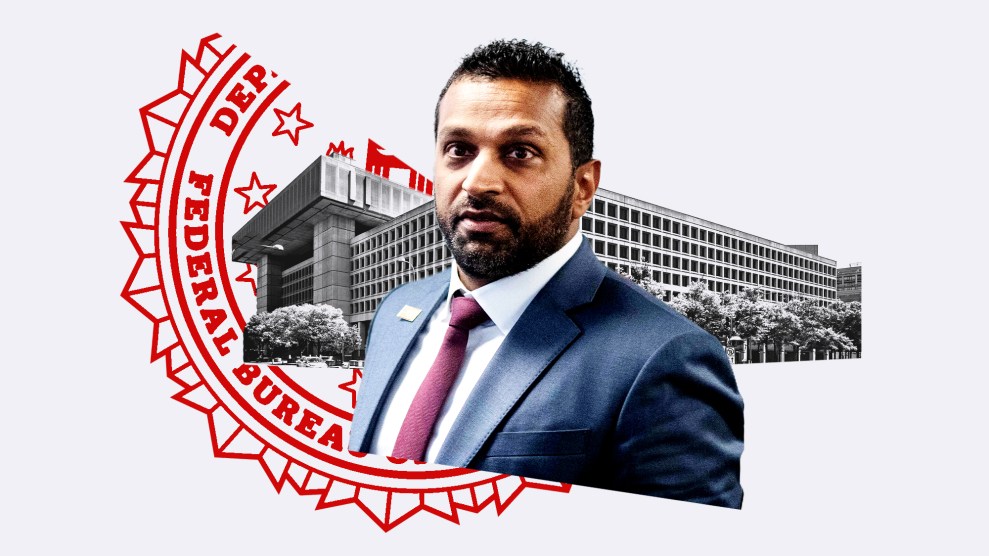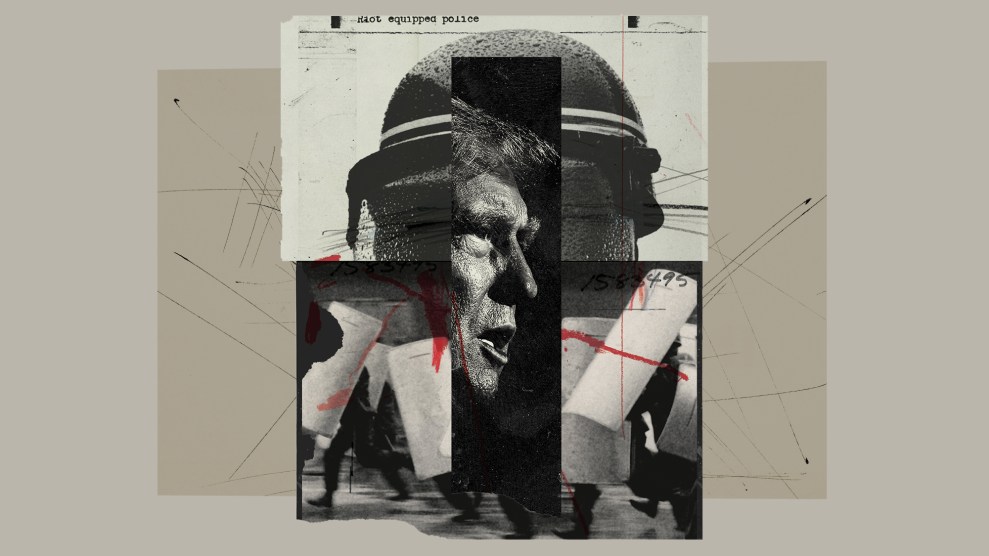As you all know, the Supreme Court has agreed to rule on the legality of President Obama’s 2014 immigration program—Deferred Action for Parental Accountability, or DAPA. Like DACA, the “mini-DREAM” rule that Obama established in 2012, DAPA codifies the president’s ability to direct prosecutorial resources by explicitly telling immigration agents to do what they’ve mostly been doing anyway: ignore undocumented immigrants who have clean records and have been in the US for a long time. The key word here is “mostly.” Nearly all immigrants who fit the DAPA criteria are left untouched, but immigration  agents continue to randomly deport some of them. Over at the New Republic, Spencer Amdur makes an interesting argument that this is at the core of the legal case:
agents continue to randomly deport some of them. Over at the New Republic, Spencer Amdur makes an interesting argument that this is at the core of the legal case:
As the administration tries to rationalize its immigration policy, the biggest challenge has actually come from within….In 2011, the head of ICE, John Morton, issued a memorandum directing agents not to focus their limited resources on immigrants with clean records, long-time residence, and families in the United States….Morton issued several of these “priorities” memos, and line-level agents almost universally ignored them, continuing to deport immigrants with deep roots here and no convictions.
….Later in 2011, the administration instructed immigration prosecutors to close cases of people who were not priorities for deportation; little changed. In 2012, the administration asked agents to stop sending detention requests to local police for immigrants without criminal records. Still nothing.
….This pattern of defiance is not mentioned in any of the briefs or court decisions in United States v. Texas. But it was an essential antecedent for DAPA, which effectively forces immigration agents to follow the previous policies….This is the elephant in the courtroom. The lawsuit is not just about the balance of power between the president and Congress, as the briefs suggest. It’s about democratic control of the police. Do our elected officials have the right to control the enforcement bureaucracy?
The fact that this isn’t mentioned in any of the briefs suggests it’s not taken seriously by anyone. Should it be?

















